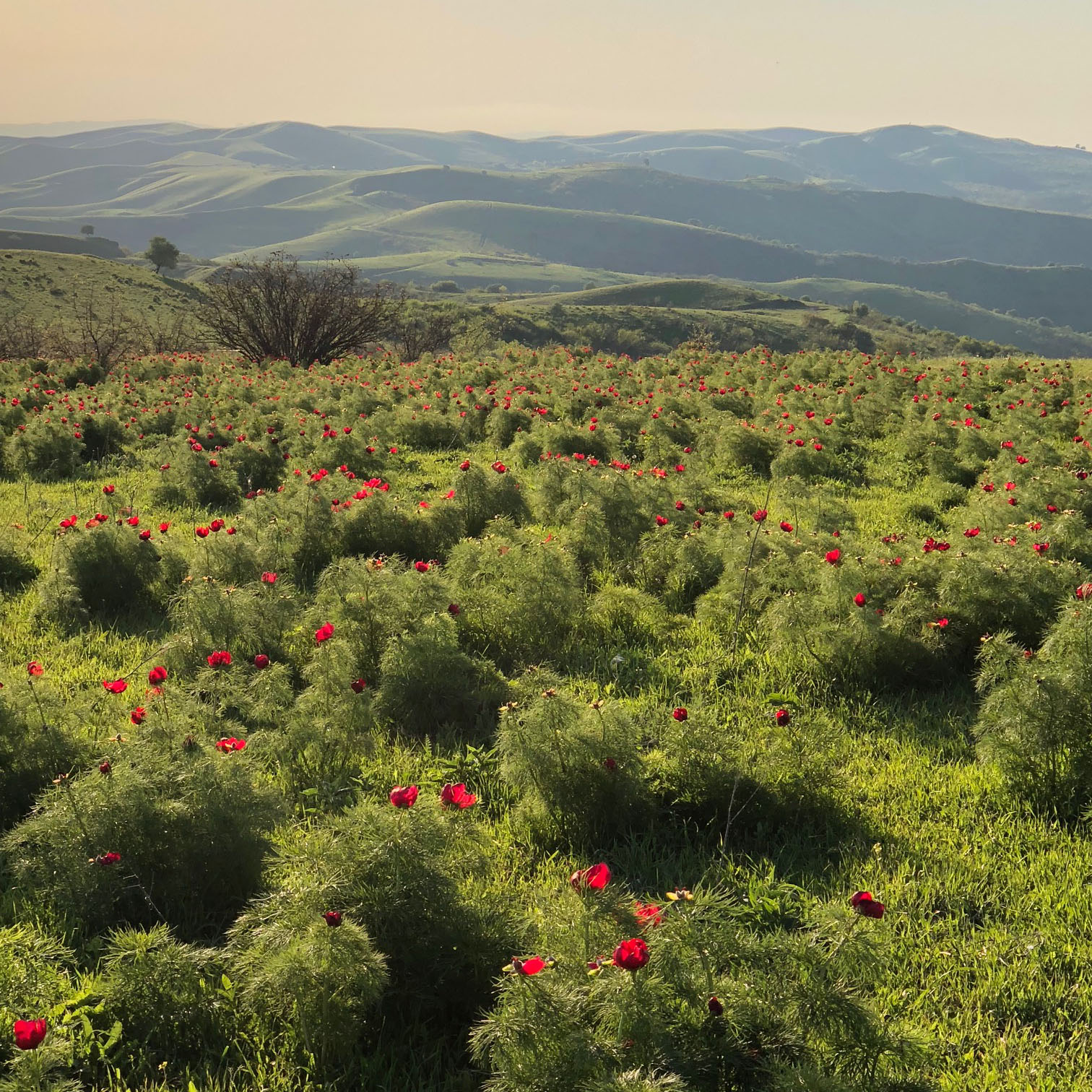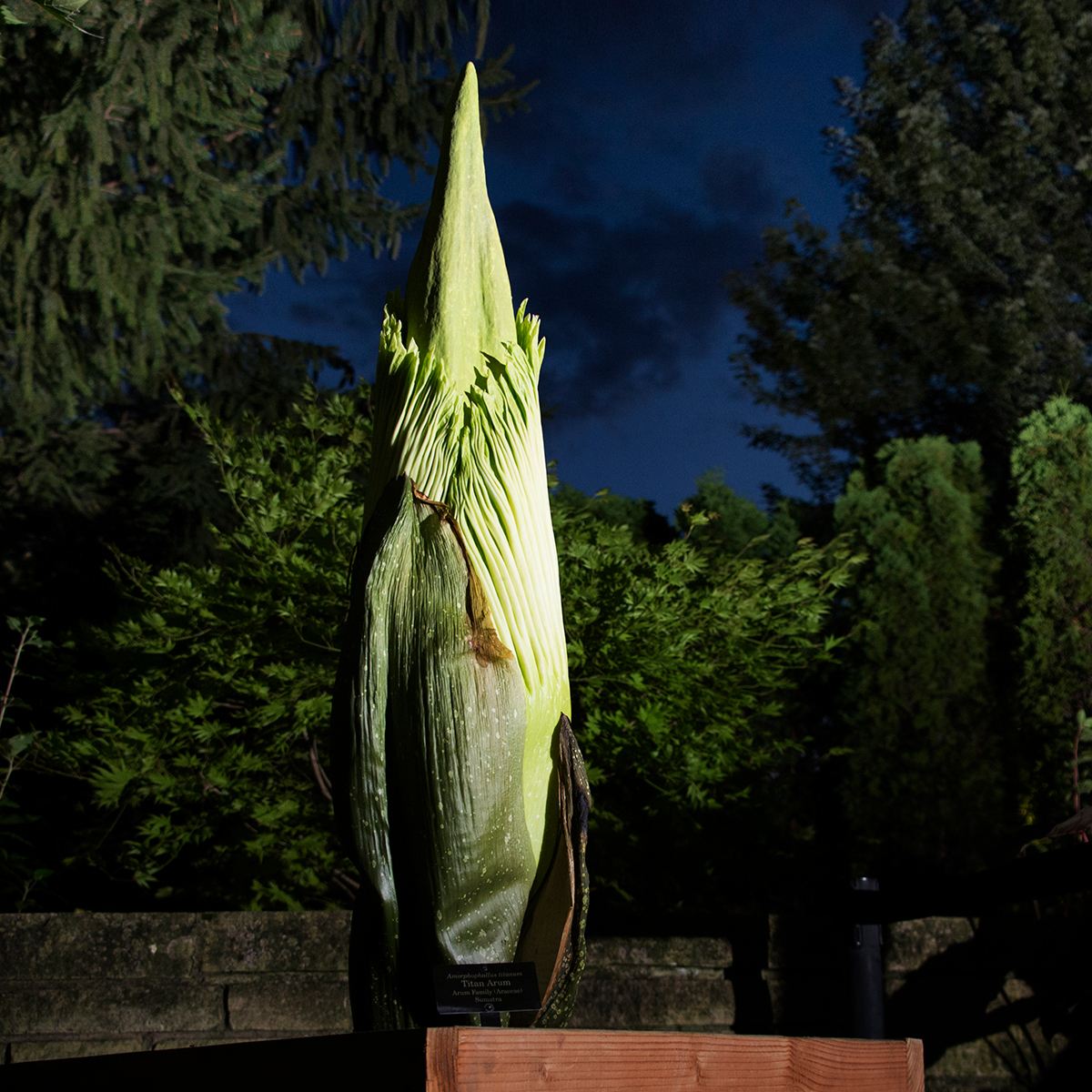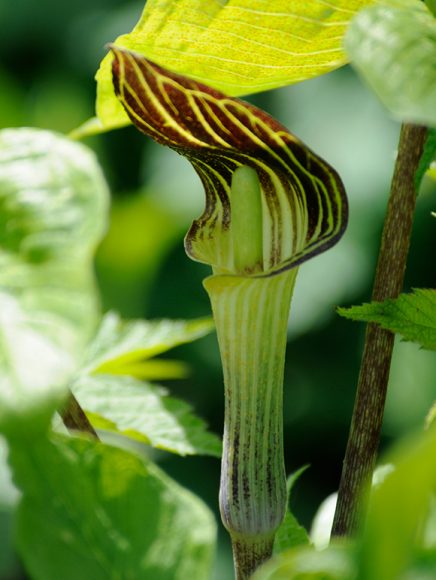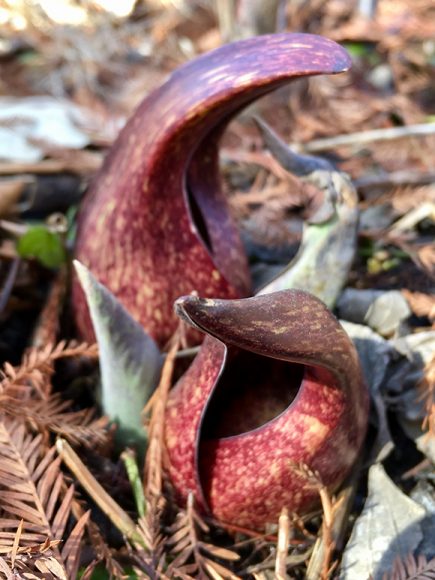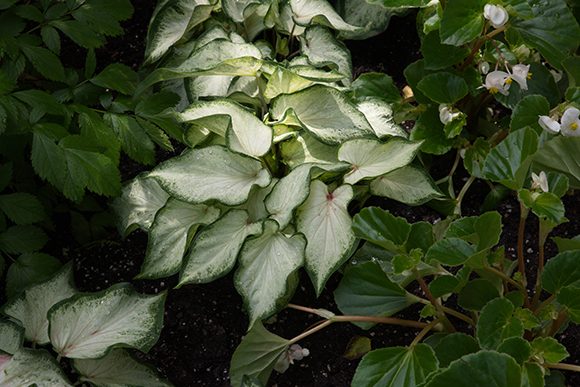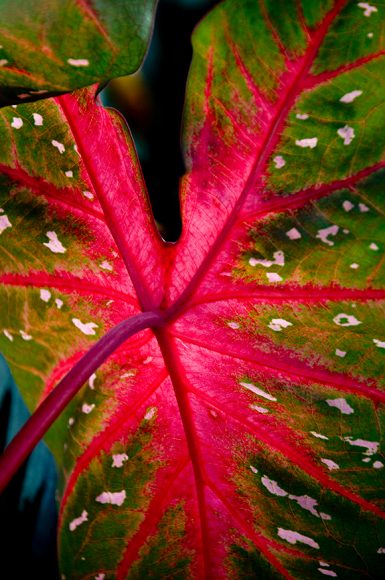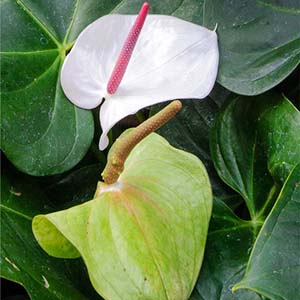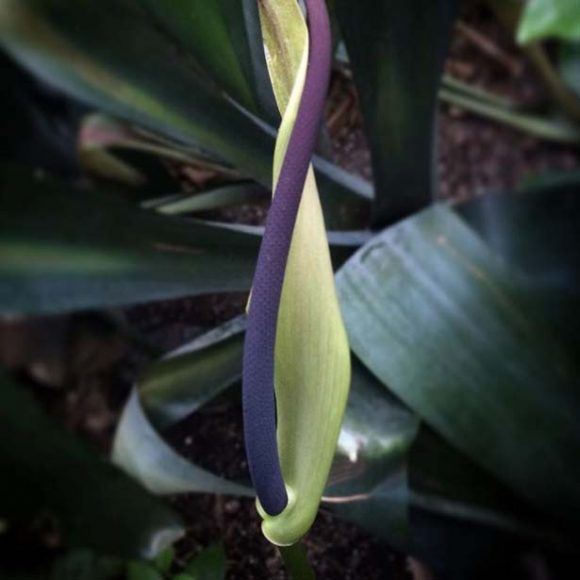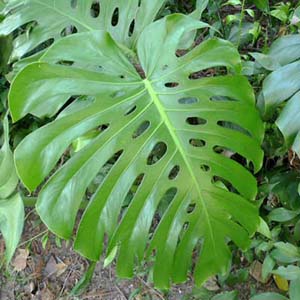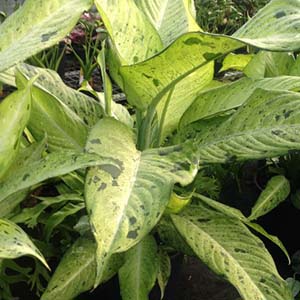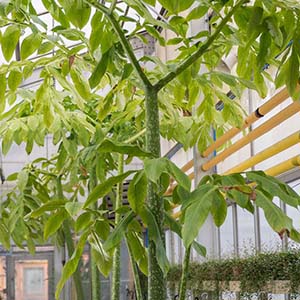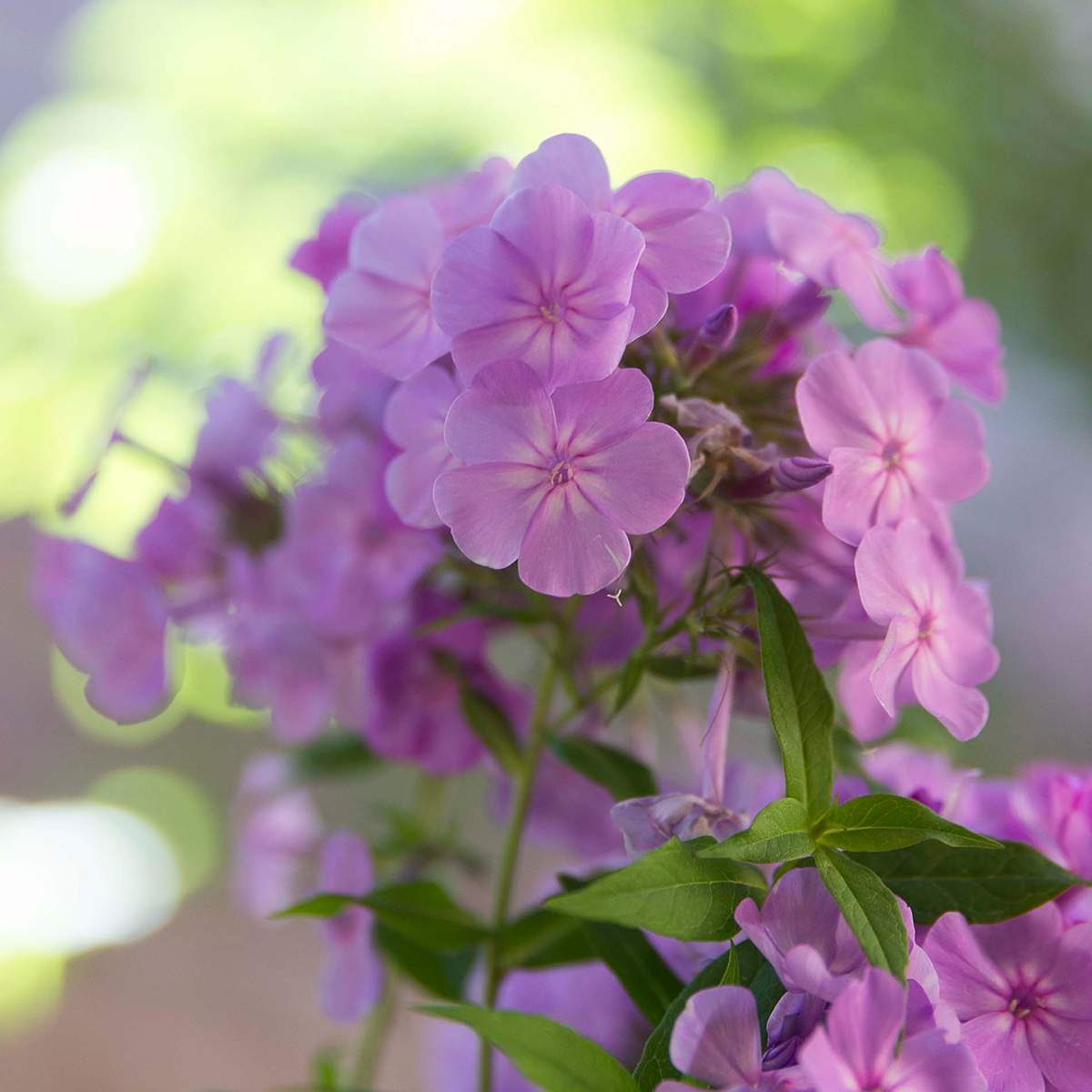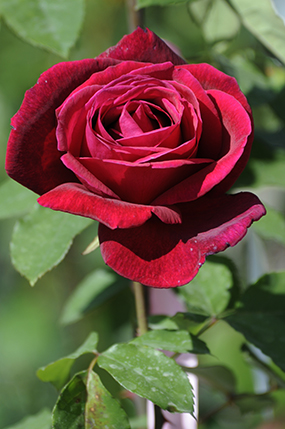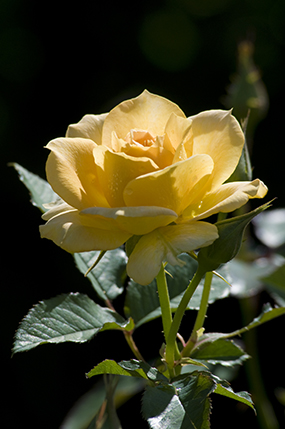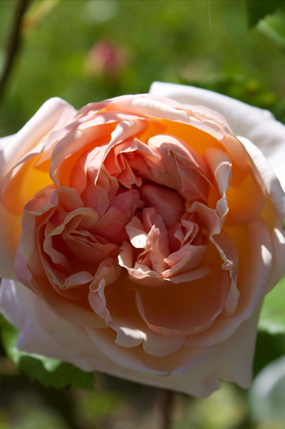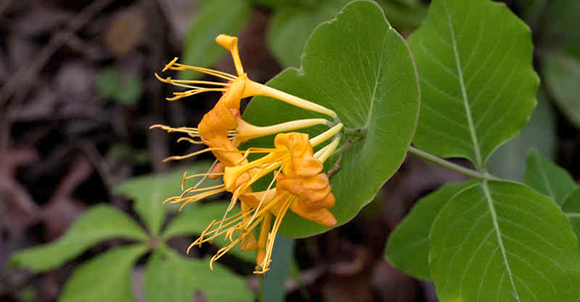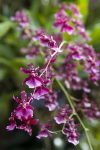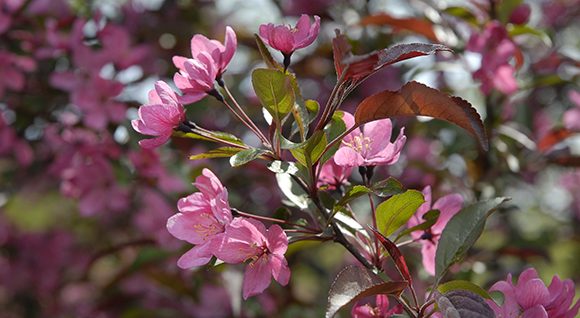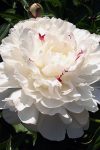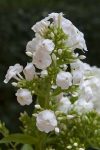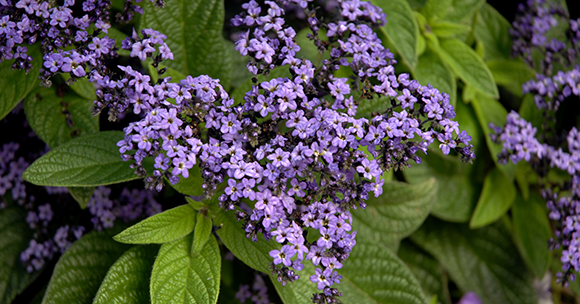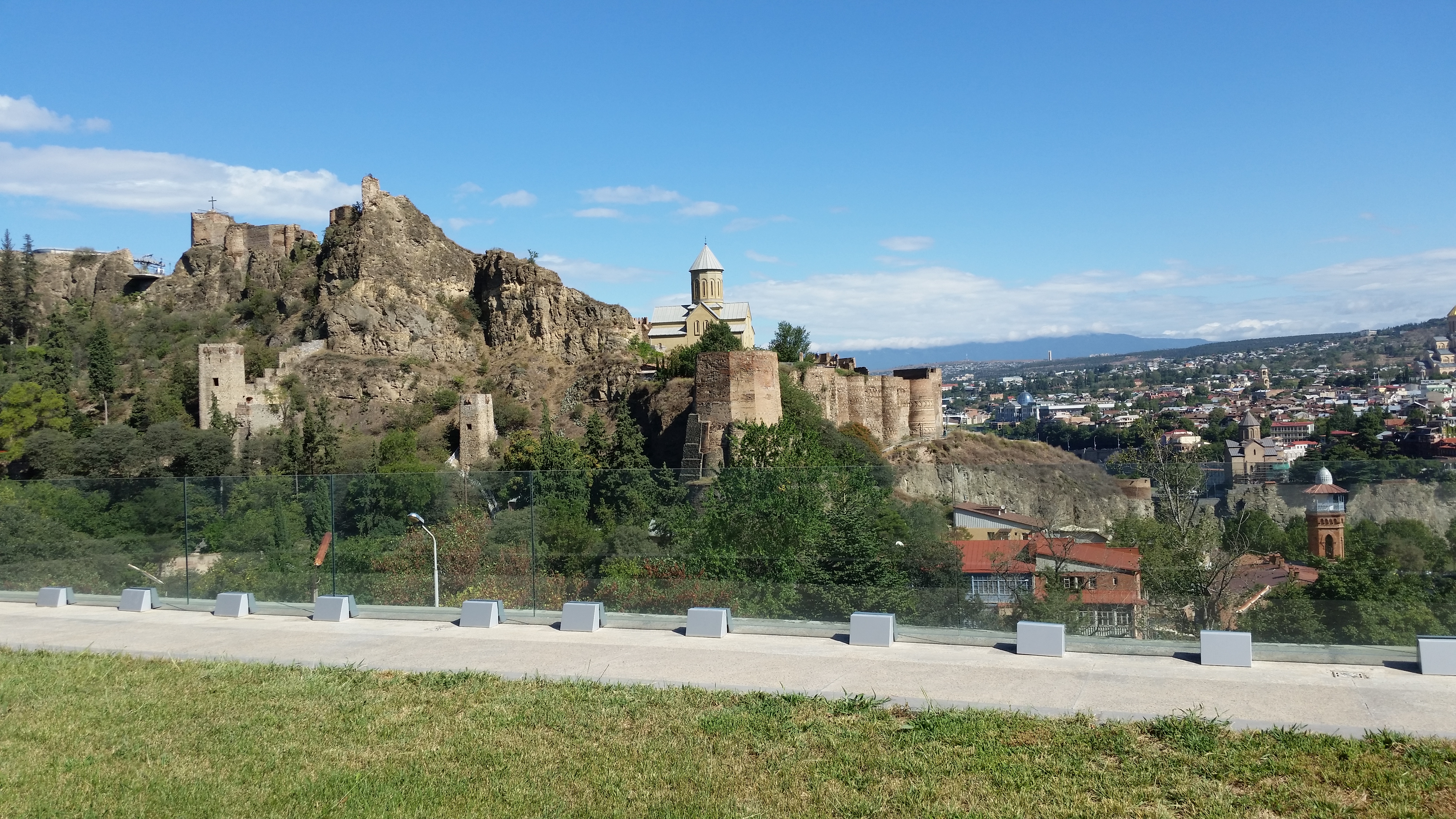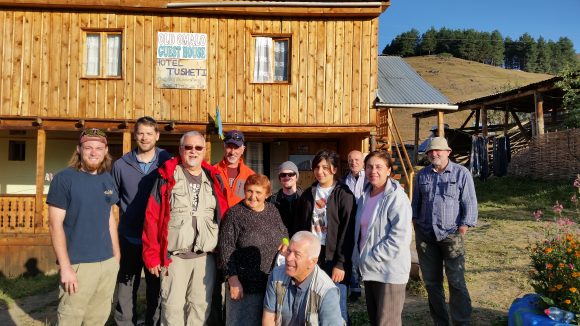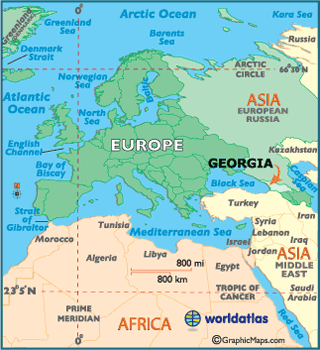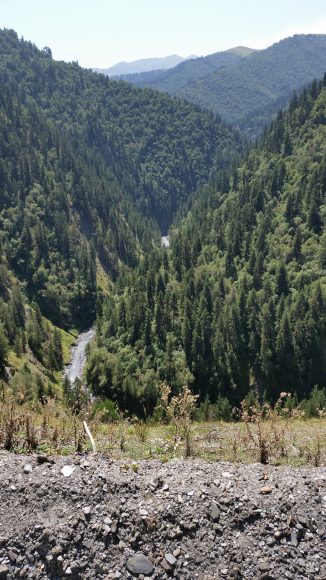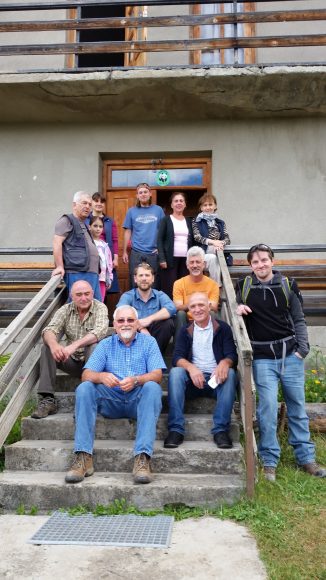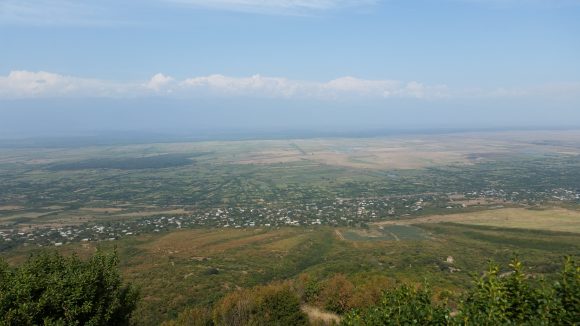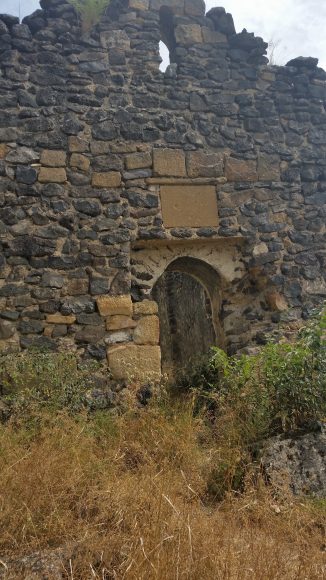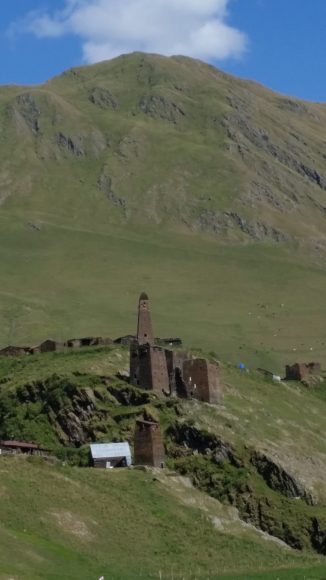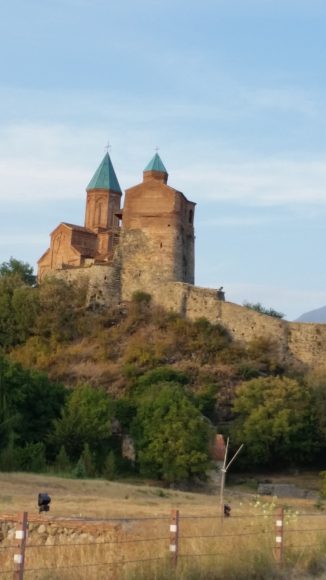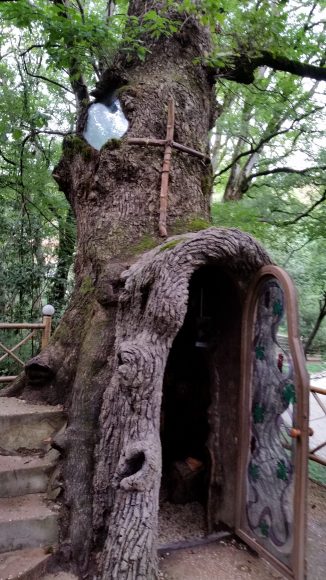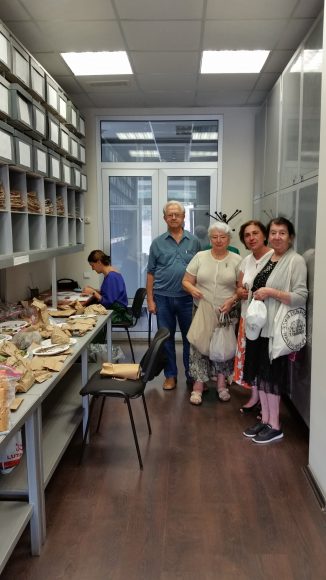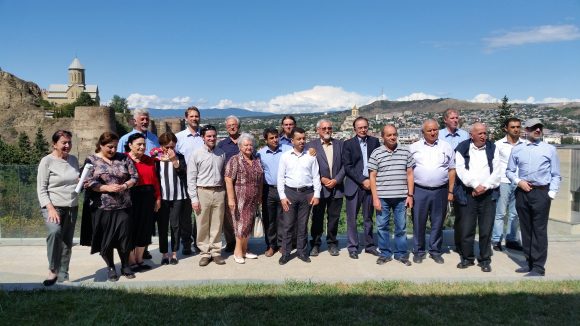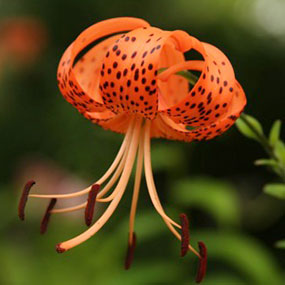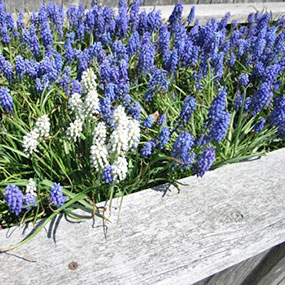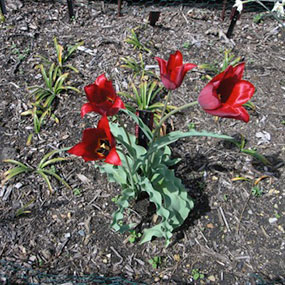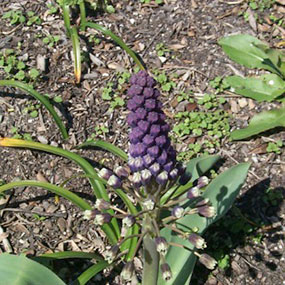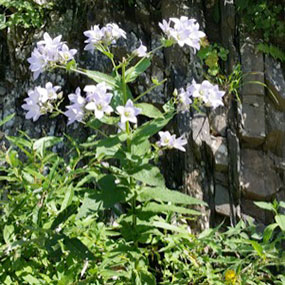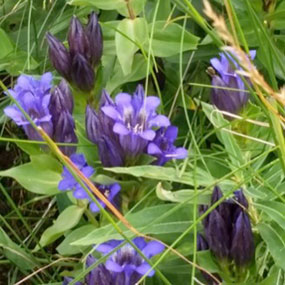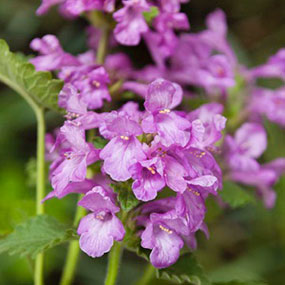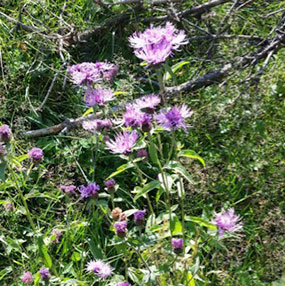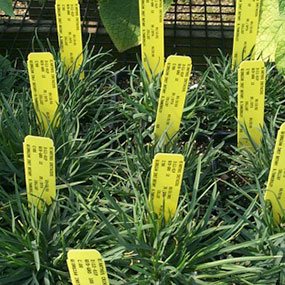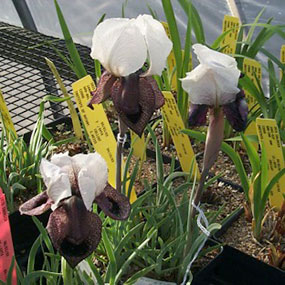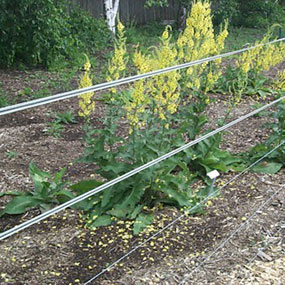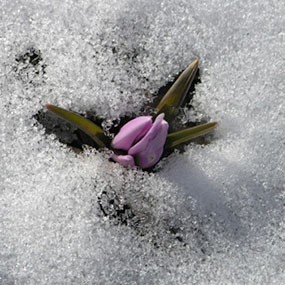As plant collectors, we spend a lot of time and energy researching the flora of the areas we are going to visit. We search out areas of the world where the climate is similar to that of the midwestern United States, and we make lists. Lots of lists.
Massive spreadsheets document travel plans, emergency contacts; high-value germplasm that we hope to find at each of our planned collection locations; and costs: airfare, gasoline in the country, driver wages, botanist guides, food, and lodging. All of this data is condensed into a one-page document that our hosts submit to the national environmental agencies within each country for approval and permits for the trip. Among our goals on plant-collecting trips is to collect seeds to conserve and to look for plants of horticultural interest to display in our collections.
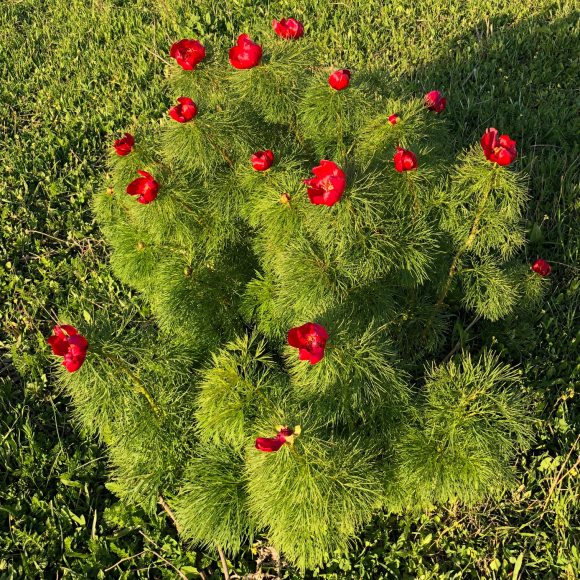
Invariably, some of the treasures we return with are unanticipated. Such was our discovery of a very large population of Paeonia tenuifolia that was unknown to Georgian scientists in the remote and sparsely populated Vashlovani Reserve—a peninsula-shaped area surrounded by Azerbaijan on three sides, containing large rolling hills breaking into badlands—areas so heavily eroded I thought I was in the Badlands of the Dakotas.
We were in search of seeds of unusual bulbs in the Vashlovani Nature Reserve with Peter Zale from Longwood Gardens (the trip organizer), Panyoti Kelaidis from the Denver Botanic Gardens, and Manana Khutsishvili from the Institute of Botany, Ilia State University.
It was one of those breathtakingly beautiful days, with the rolling grasslands backdropped by the snow-covered peaks of the Greater Caucasus Mountain Range. Dirt roads had not been graded in quite a while, and the sun-baked ruts left over from the winter rains gave rise to the trip joke: shaken, not stirred. This was definitely four-wheel-drive country.
One of our target species in this area was Merendera trigyna, a beautiful spring-flowering Colchicum relative with pale pink to white flowers about twice the size of Crocus and blooming about the same time. Our data source was a herbarium voucher on file with the Institute of Botany Herbarium in Tbilisi. Peter had entered the coordinates into the GPS receiver after lunch, and the road seemed to head in the correct direction. A couple of hours later we were on the border with Azerbaijan and the coordinates suggested we needed to cross the border—not a match with the written description of the location on the herbarium voucher.
We continued to skirt the border, and an hour later we found a hilltop that allowed Manana to make a cellphone call back to the herbarium in Tbilisi. Thirty minutes further down the track, on another exceptionally high hill, we learned the coordinate system recorded on the voucher was from a Russian GPS system, not the American system our GPS was programmed for.
By that time it was too late to retrace our steps. In new territory for all of us, we continued on the track paralleling the Azerbaijan border, knowing that eventually it would lead us to a small Georgian town. By this time, it was about 6 p.m., and as we surmounted another rise we were greeted with thousands of fernleaf peony (Paeonia tenuifolia) in full flower. Each flower was the size of a salad plate, and a deep, intense red. Unlike the 8-inch-high representatives of this species in our American collections, the whole population was 2.5 to 3 feet in height, with an equal width. This population was unknown to the Georgian scientific community until we managed to get lost and found it in the process of working our way back home.
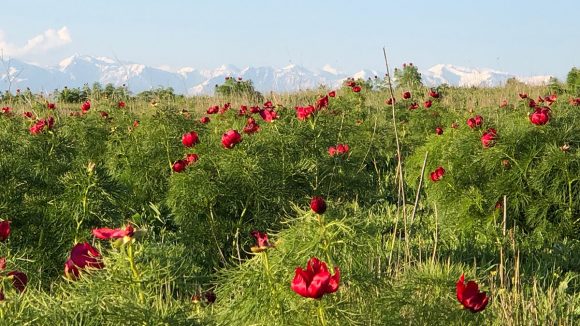
A trip is planned for 2019 for the Republic of Georgia. It is timed to collect seeds from this population, as well as the nine other species of peonies native to this floristically rich country. Who knows what unsuspected treasures we will discover next year?
©2018 Chicago Botanic Garden and my.chicagobotanic.org

